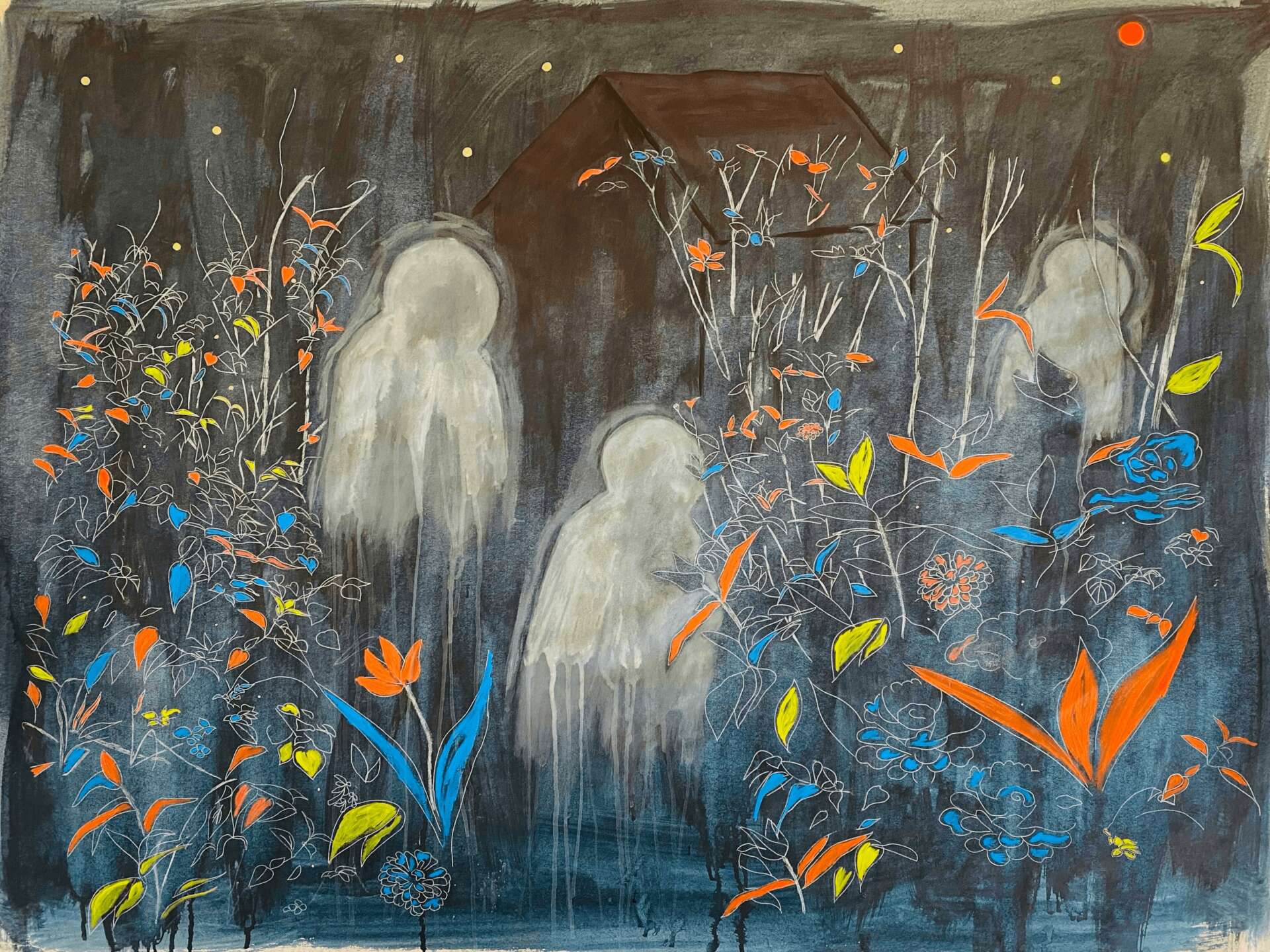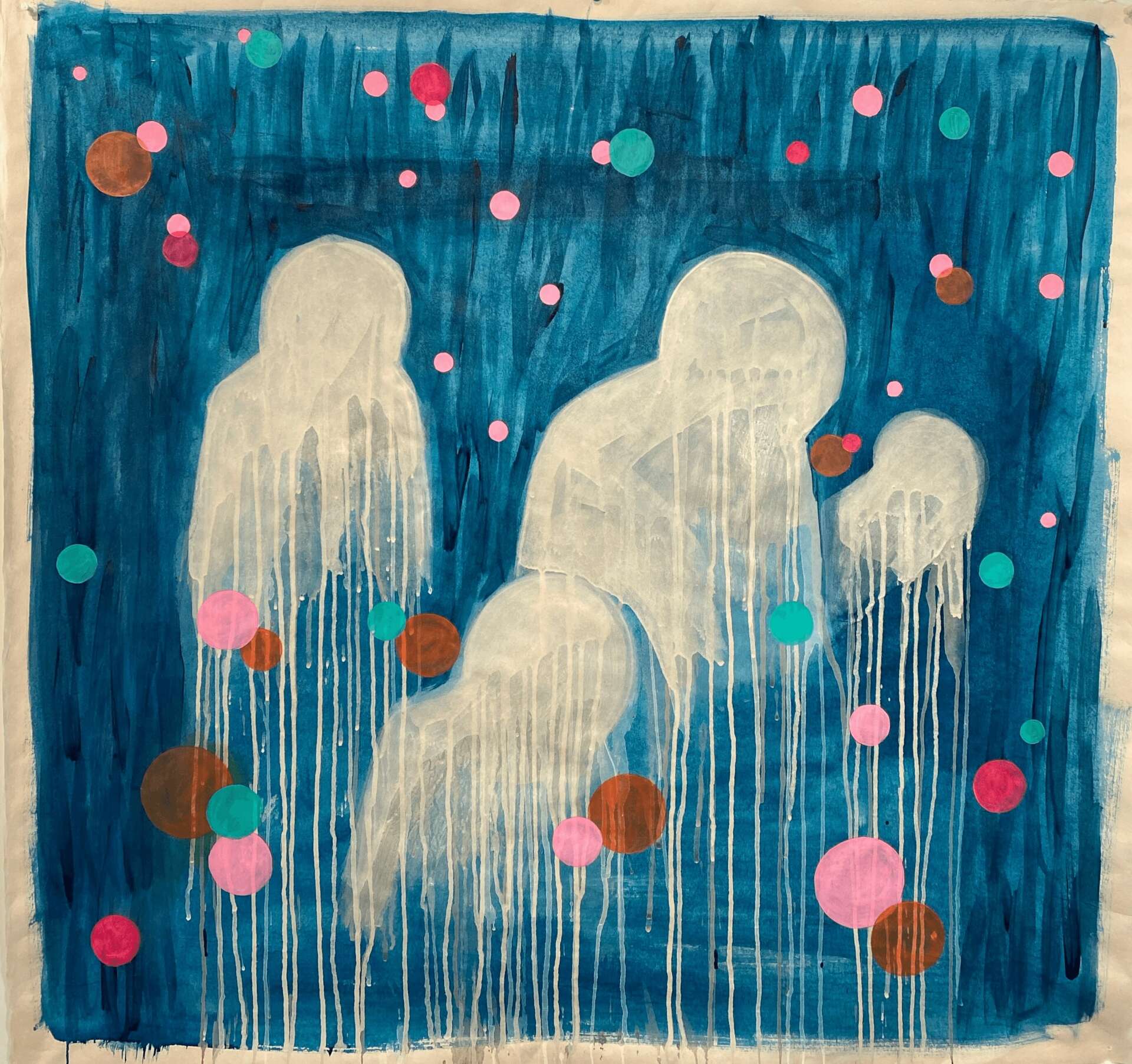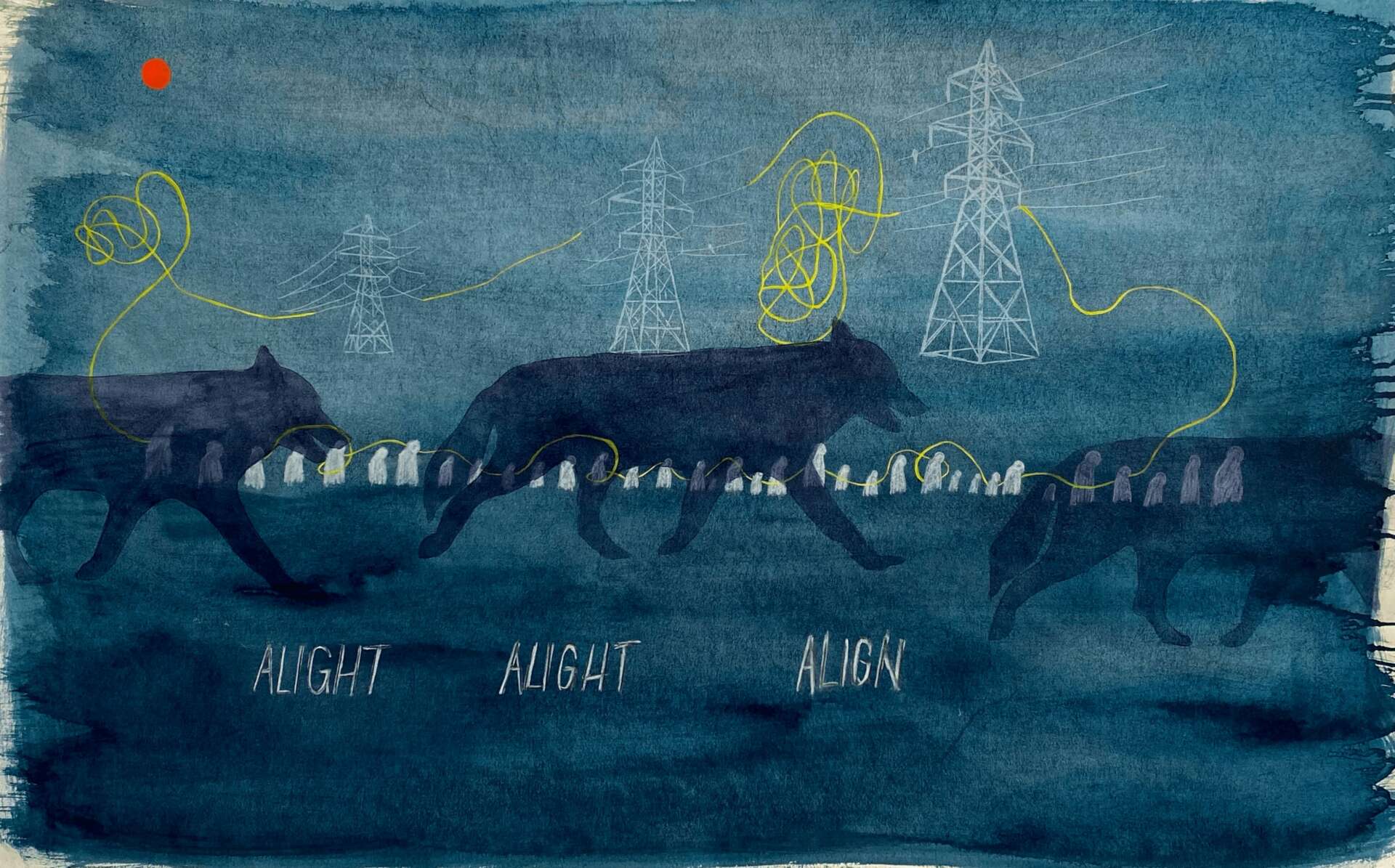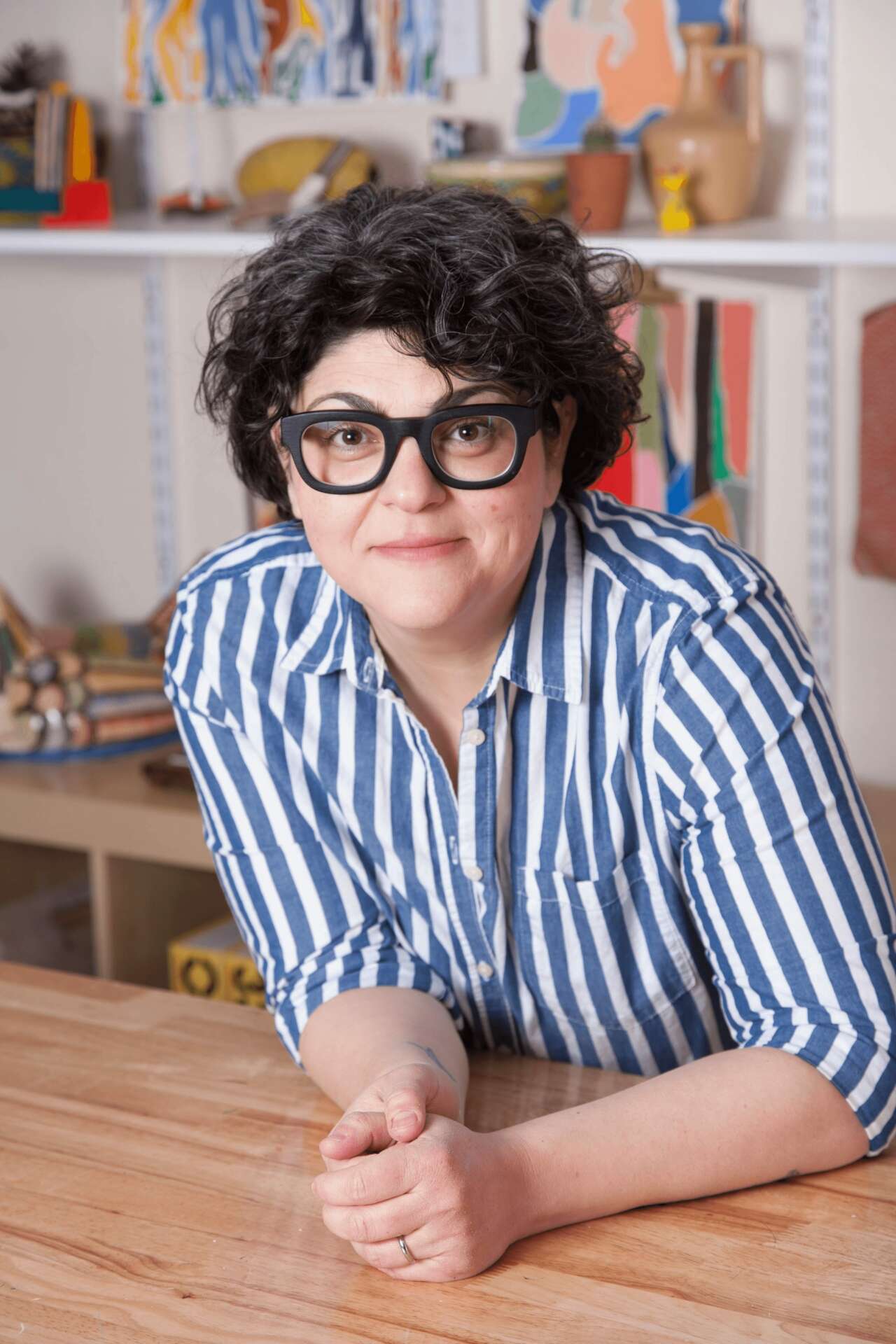We’re excited to introduce you to the always interesting and insightful Jennifer Fernandez. We hope you’ll enjoy our conversation with Jennifer below.
Jennifer, thanks for taking the time to share your stories with us today We’d love to hear about when you first realized that you wanted to pursue a creative path professionally.
This is a really interesting question because for me it’s been one thing to know that I wanted to have a creative life and another thing for it to be something real to pursue. I was a very creative kid, like a lot of kids are, but I never thought that living a life as a professional creative was possible. It never even occurred to me. I didn’t come from a family of artists, sure they were creative people but they weren’t making their way in the world as creatives. They were exiles just trying to build a life and to them that meant being “practical” about putting food on the table. I spent a lot of my life appreciative of the arts and in my own way being creative but it wasn’t until I was 40 that it even became a possibility for me to pursue art professionally. Up until that point I pursued other avenues professionally.
Immediately prior to making art full-time I was an adjunct professor. The machine that is academia though was traumatizing to me as an adjunct so when I stepped back from that life and had the space to think about what felt good, what’d always helped me feel connected and grounded, I turned to art. It was a profoundly transformative and healing experience. That’s when I knew that it was the thing I needed to be doing. Even on the hardest days making art I’m happier than in any of my previous jobs and that means to me that I’m doing what I need to be doing.

Great, appreciate you sharing that with us. Before we ask you to share more of your insights, can you take a moment to introduce yourself and how you got to where you are today to our readers.
I consider myself a multidisciplinary artist because I am both a painter and a sculptor. These disciplines though aren’t distinct for me, I work on them equally and they inform each other. My paintings feature biomorphic figures that echo the shapes of my sculptural pieces. The sculptures in turn are finished using acrylic mediums and acrylic paints rather than glazes. By using mediums and paints to finish my sculptures I’m able to bring the two disciplines in direct contact. The 2D and 3D works are objects-in-relation, interacting and informing one another.
My paintings incorporate typography inspired by hand painted signs and newspaper clippings. To create dreamy abstract landscapes, I repurpose mid-twentieth century advertising techniques like tracing and Letraset sheets. Using these and other analogue graphic design methods such as carbon papers and collaged pieces, the paintings embody a temporal relationality putting contemporary printed materials in conversation with outmoded techniques long abandoned.
In addition to painting and sculpture work, I also curate a micro gallery known as ‘the vatican’ at Studio e gallery in Seattle’s Georgetown neighborhood. This work is exceptionally fun because I get to do studio visits and learn different processes and projects that people are working on.

We often hear about learning lessons – but just as important is unlearning lessons. Have you ever had to unlearn a lesson?
This is a tough one! It’s hard to acknowledge the lessons we have to learn and unlearn over and over.
One thing that I’ve found challenging is finding my people in the art world. Coming into this later in life and as someone not rooted in the art world I’ve had to figure out who my people are. Growing up I got the sense that if you shared a common value with the people around you, that was your community. I had to unlearn that lesson. It’s not enough to share a value with people, that in and of itself does not mean those are *your* people. As artists we might share a value that making art is critically important but that doesn’t mean that we mutually support one another. In other words, as an artist I might have a value of community over competition but that may not be everyone’s starting point in the art world.
Thankfully I’ve found people who believe in genuinely celebrating one another’s successes and who are generous with the things they know. It’s a great thing to share things with people who are also willing to share things with you. If they hear about an open call that they think I should apply to they send it my way and vice versa or if I share that I’m struggling with a piece, there’s encouragement there for me without my necessarily even asking for it. This has been a tremendous gift!
I believe that creativity doesn’t have to be hoarded and there’s no need to be cruel or stingy or petty. That’s the product of scarcity mentality. There’s enough inspiration and vision to go around. Finding artists who also lean into this mentality has been critical to any gains I’ve had but more importantly they’ve made the road much more pleasant to travel.
Learning and unlearning who my people are is hard but in the end it’s its own reward because I’ve ended up with some really fantastic people in my corner!

In your view, what can society to do to best support artists, creatives and a thriving creative ecosystem?
I think as a society we need to appreciate artists and creatives more than we do. We like to say we do but taking in someone’s art means they’ve done quite a bit to create it and likely not gotten paid anything or nearly enough for making it. So many artists I know struggle to create and also pay their bills. Many have to choose between working a job that will let them eat and live with a roof over their heads and spending time on their artwork.
As a society maybe we like to believe we value art but the reality is that many artists go unpaid for the work they do. There are thankfully efforts by a few organizations in the US to mitigate this dilemma by providing basic income for artists so they can do the job of creating but honestly I think we need more of these kinds of programs. Put your money where your mouth is. If as a people we love to listen to music or look at paintings and sculptures or dancers or any other kind of creative expression then we need to make sure that the producers of that expression have the time and space to be deep in the work of making.
Contact Info:
- Website: https://jfernandez.art
- Instagram: @jfernandez_art




